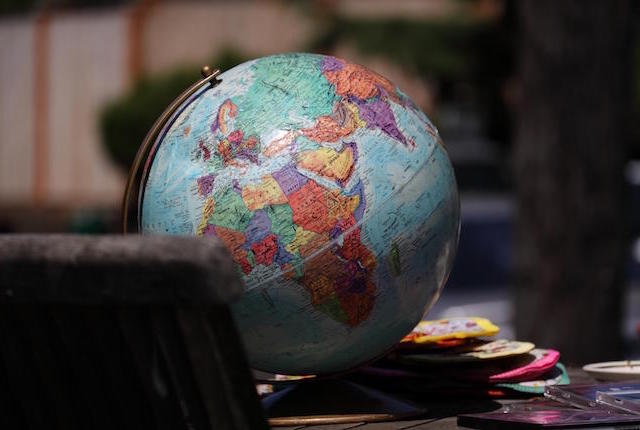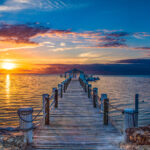Not so long ago, Pluto was demoted and we lost a planet. Now, it seems as if we might be faced with a similar situation—only this time it affects Earth's continents. Don't worry, we're not losing one. In fact, it's quite the opposite. According to research, geologists are saying New Zealand and several surrounding islands qualify as its own continent, called Zealandia. This news comes shortly after scientists found evidence of a lost continent under the Indian Ocean, called Mauritia. If approved, Zealandia will join the current club, which includes Asia, Africa, North America, South America, Australia, Antarctica, and Europe. But before you start reprinting those geography books and erase your memory of everything you learned in elementary school science, here are a few things you should know.
Photo courtesy of Andrew Smith via Flickr
It's approximately 1.8 million square miles.
Zealandia measures approximately 4.9 million square kilometers (or 1.8 million square miles), according to a paper published in The Geological Society of America. It’s about two-thirds the size of Australia, spans about the same area as the Indian subcontinent, and is approximately six times bigger than Madagascar, making it larger than any microcontinent.
But 94 percent of it is under water.
Before you start packing your snorkeling gear, there’s something you should know. About 94 percent of the area is submerged under the southwest Pacific Ocean. (No wonder it took so long to uncover.) The remaining six percent, which sticks out above the surface, includes New Zealand’s North and South Islands, New Caledonia, and several other smaller islands. The study also indicates that the islands are connected by submerged continental crust, and that the continent is separate from Australia and Antarctica. It’s also believed that Zealandia sank between 60 to 85 million years ago, after breaking away from the ancient supercontinent of Gondwana.
It's more than just the most submerged continent.
If approved, Zealandia would also be the youngest and thinnest, with a continental crust thickness that typically ranges between 6 and 18 miles. The thickness is reportedly more than 24 miles under parts of New Zealand’s South Island.
This isn't the first time Zealandia has made the news.
While it might be a surprising revelation to you, Zealandia is not a new discovery. In fact, geophysicist Bruce Luyendyk first proposed the name in a 1995 paper to collectively describe New Zealand, the Chatham Rise, Campbell Plateau, and Lord Howe Rise. “This is not a sudden discovery but a gradual realization; as recently as 10 years ago we would not have had the accumulated data or confidence in interpretation to write this paper,” scientists wrote in the journal.
It hasn't officially been declared a new continent.
Despite not being visible for the most part, researchers say that Zealandia checks all the necessary boxes and meets all the crucial criteria to qualify as a continent: an elevation above the surrounding area, distinctive geology, well-defined area limits, and a crust thicker than the ocean floor. After more than two decades of research, scientists are able to show that Zealandia is not a collection of continental fragments, but a whole continent in its own right, and are making a push for it to be officially recognized as one.
It's not just about adding a new continent to the lineup.
As the journal states, “The scientific value of classifying Zealandia as a continent is much more than just an extra name on a list. That a continent can be so submerged yet unfragmented makes it a useful and thought-provoking…in exploring the cohesion and breakup of continental crust.” That’s a fancy of way of saying the world just got a lot more magical.
You’ll Also Like:
- The World’s Top Spot for Adrenaline Junkies: New Zealand
- Melbourne vs. Sydney: Which Australian City is Right for You?
- 8 Things You Need to Know Before Traveling to the Great Barrier Reef
All products are independently selected by our writers and editors. If you buy something through our links, Oyster may earn an affiliate commission.




